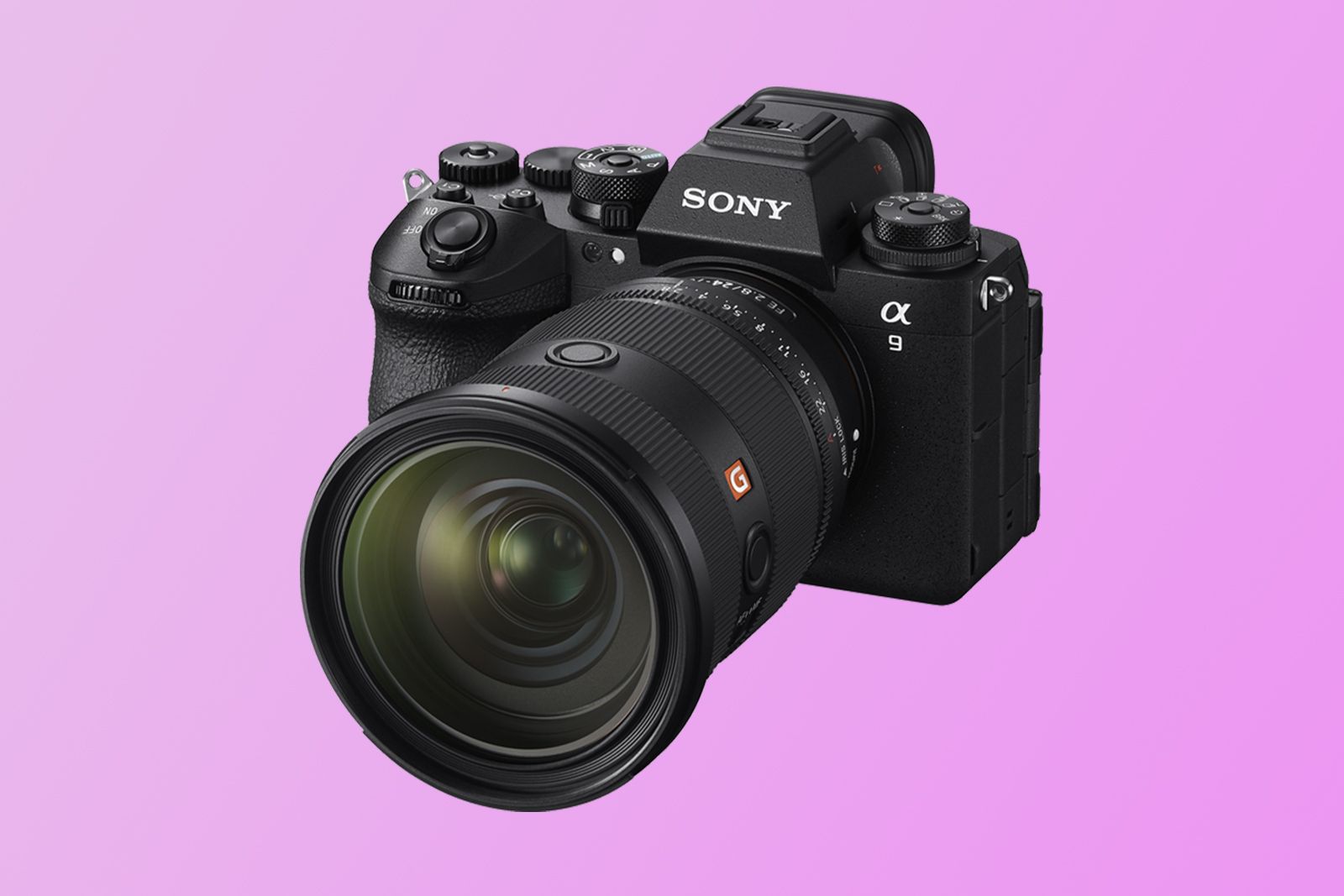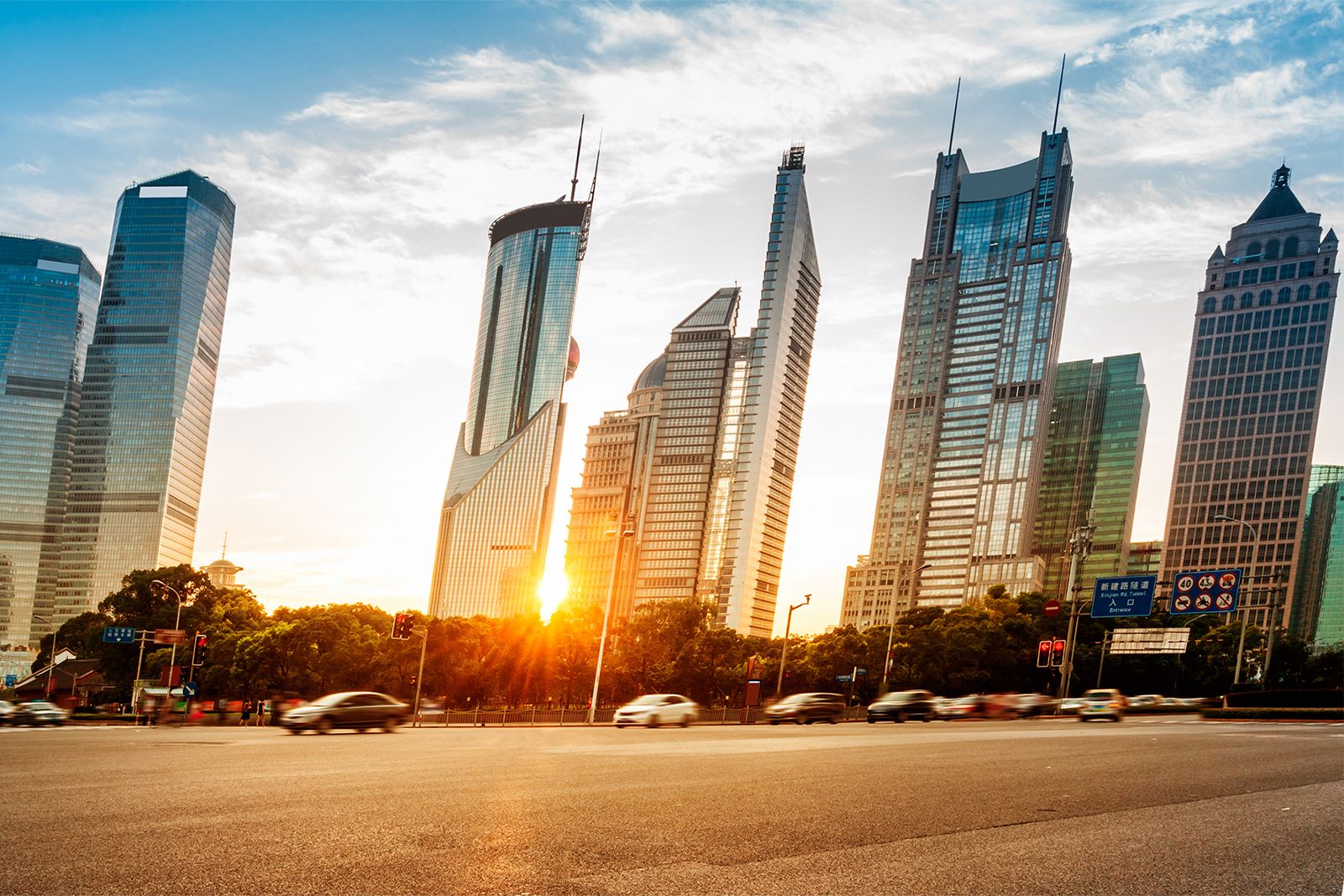Key Takeaways
- Sony’s Alpha 9 III camera is packed with impressive features, including a 24.6MP sensor, 120fps RAW photo shooting with no blackout, and a maximum shutter speed of 1/80,000. It also offers 10-bit video recording and a global shutter for distortion-free images and unrestricted flash sync.
- The global shutter eliminates the rolling shutter effect, ensuring that objects remain straight and undistorted during movement. It also allows photographers to use flash at any shutter speed without the risk of black bands across the image.
- While the Alpha 9 III is pricey at $5,999.99, its introduction of a global shutter is an exciting development that may eventually become more accessible in future camera models.
Sony has just unveiled its latest high-end mirrorless camera, the Alpha 9 III, and there’s plenty to get excited about. The camera packs a 24.6-megapixel sensor and is capable of shooting up to 120 full-quality RAW photos per second with no blackout and full autofocus, and has a blistering-fast maximum shutter speed of 1/80,000.
This speed extends to video shooting, too, with the camera capturing subsampled 4K video at 120fps with no crop or 4K 60fps oversampled from 6K. Unlike its predecessor, the A9 III doesn’t skimp on video features, offering 10-bit 4:2:2 recording, 16-bit RAW output over HDMI and has S-Log 3 and S-Cinetone profiles onboard.
What’s really exciting, though, is that this camera is the first full-frame mirrorless camera to debut with a global shutter. This means that it will be totally immune to the jelly-like effect during panning shots and can sync with flashes at any shutter speed. That’s right, any speed, including 1/80,000.
Interestingly, the new sensor has a base ISO of 250, and Sony has yet to mention any figures about the camera’s maximum dynamic range. So, as exciting as the prospect of the global shutter is, there could be a slight downside, but we’ll only really know once we have the camera in our hands.
Sony/ Pocket-lint
Elsewhere, we see the awesome screen 3.2-inch flip-out screen with tilting articulation, just like the one on the Sony A7R V, as well as an OLED viewfinder with a whopping 9.44M dot resolution. What’s more, this EVF can run at 120Hz in full resolution or 240Hz with a reduced resolution.
The camera is available to pre-order from today at authorised Sony retailers and will be shipping in Spring 2024. As you might expect, this kind of tech doesn’t come cheap, and it’ll set you back $5,999.99 as a body only.

Sony/ Pocket-lint
What is a global shutter?
Put simply, a global shutter captures the entire frame simultaneously. This is in contrast to a rolling shutter, which you’ll find in pretty much every mirrorless camera and smartphone. A rolling shutter captures an image by progressively working its way across the sensor, in essence, mimicking the way a negative is exposed in a traditional film camera. As the shutter opens mechanically, light hits the negative progressively during the process, and it works similarly with a digital sensor, whether there’s a physical shutter or not.
There are a few downsides to a rolling shutter, and the first is one that you’ve likely experienced yourself if you’ve ever tried to take a picture out of a car window. Ever notice that these pictures come out distorted? You’ll usually see wonky trees and lampposts, which look like they’re leaning over. This is because the object moved while the shutter was still rolling, so it was in one place at the start of the exposure and another at the end. With a global shutter, this effect is completely eliminated.
David Adler/ B&H Photo
It’s very important for video shooters, too. If you quickly pan a camera with a slow shutter readout, you’ll see the same thing in real-time, with straight objects warping during the movement. When it’s bad, it makes it look like straight edges are made from jelly, and again, this won’t happen with a global shutter.
Another massive benefit for photographers is the ability to sync with flashes at essentially any shutter speed. With a rolling shutter, if you set your shutter speed too high, then you can expect black bands across your image when using a flashgun. This is because the entire sensor isn’t exposed during the brief window when the flash fires, and with a global shutter, that’s no longer an issue.
What does this release mean for the future?
For all the reasons above, the move to a global shutter system is an extremely exciting prospect for photographers and video makers alike. The problem is the cost; with such a high MSRP, the A9 III is out of reach for all but the most successful professional shooters. But just because it’s debuting at the high-end, that doesn’t mean that we won’t see this tech make its way to more affordable bodies.
In fact, we’re confident that it will, based on Sony’s track record. The brand often debuts features on its higher-end cameras that then trickle down to its more affordable bodies; look at how much A7S III DNA is found in the more affordable ZV-E1, for example. We’re even starting to see stacked sensors in smartphones, so you never know where this tech will end up.
So, while it may be constrained to the high-end for now, chances are that it’ll become more widely available in the years to come. Then, we can finally kiss goodbye to wobbly lamposts and restrictive flash speeds.
Trending Products

Cooler Master MasterBox Q300L Micro-ATX Tower with Magnetic Design Dust Filter, Transparent Acrylic Side Panel, Adjustable I/O & Fully Ventilated Airflow, Black (MCB-Q300L-KANN-S00)

ASUS TUF Gaming GT301 ZAKU II Edition ATX mid-Tower Compact case with Tempered Glass Side Panel, Honeycomb Front Panel, 120mm Aura Addressable RGB Fan, Headphone Hanger,360mm Radiator, Gundam Edition

ASUS TUF Gaming GT501 Mid-Tower Computer Case for up to EATX Motherboards with USB 3.0 Front Panel Cases GT501/GRY/WITH Handle

be quiet! Pure Base 500DX ATX Mid Tower PC case | ARGB | 3 Pre-Installed Pure Wings 2 Fans | Tempered Glass Window | Black | BGW37

ASUS ROG Strix Helios GX601 White Edition RGB Mid-Tower Computer Case for ATX/EATX Motherboards with tempered glass, aluminum frame, GPU braces, 420mm radiator support and Aura Sync










